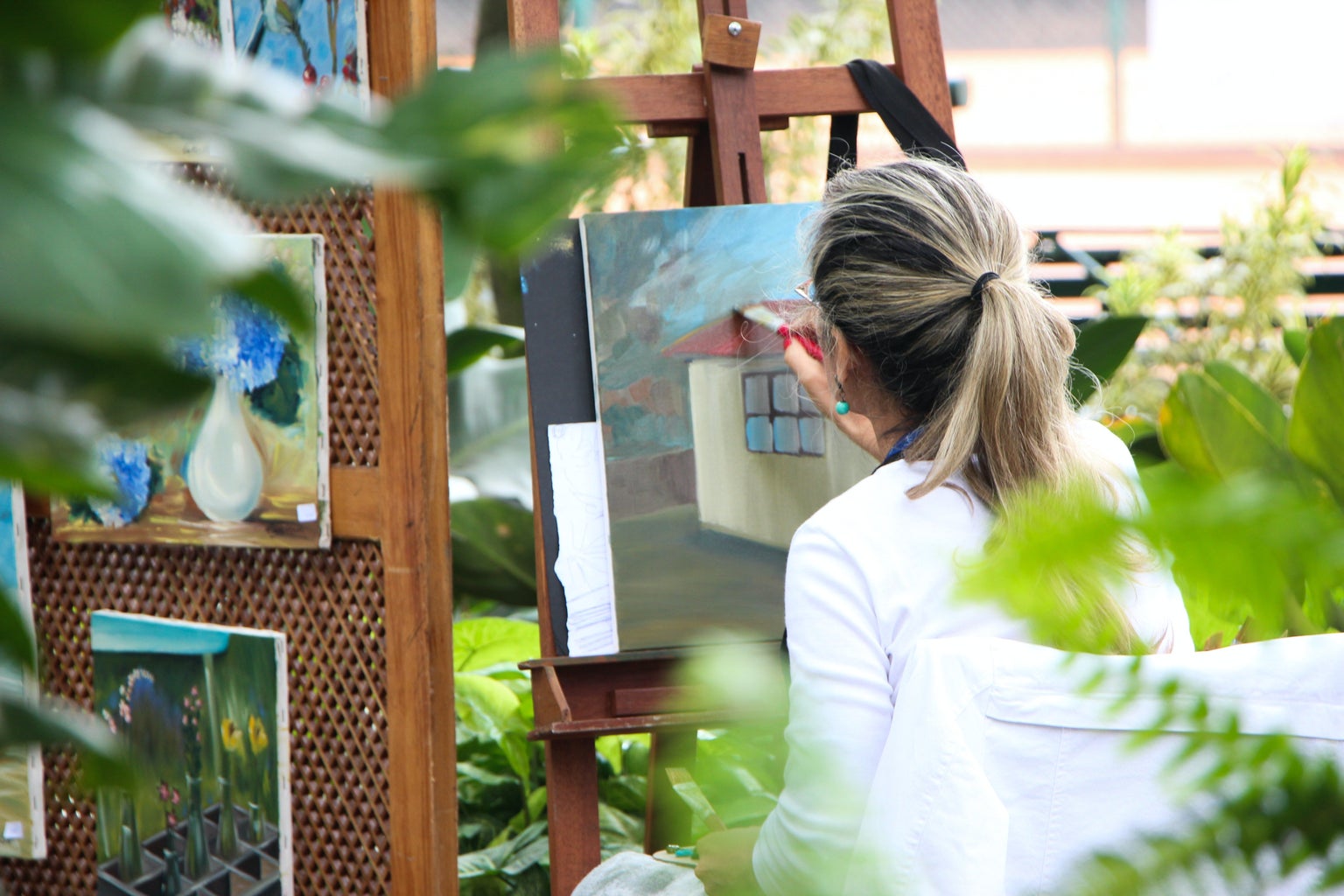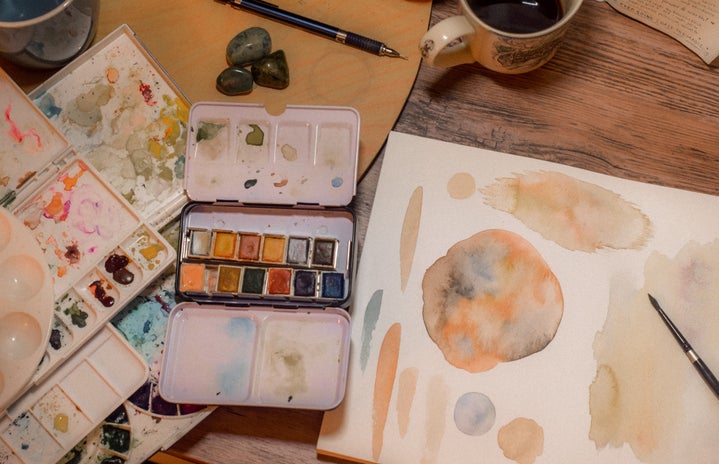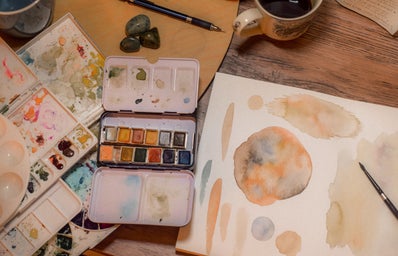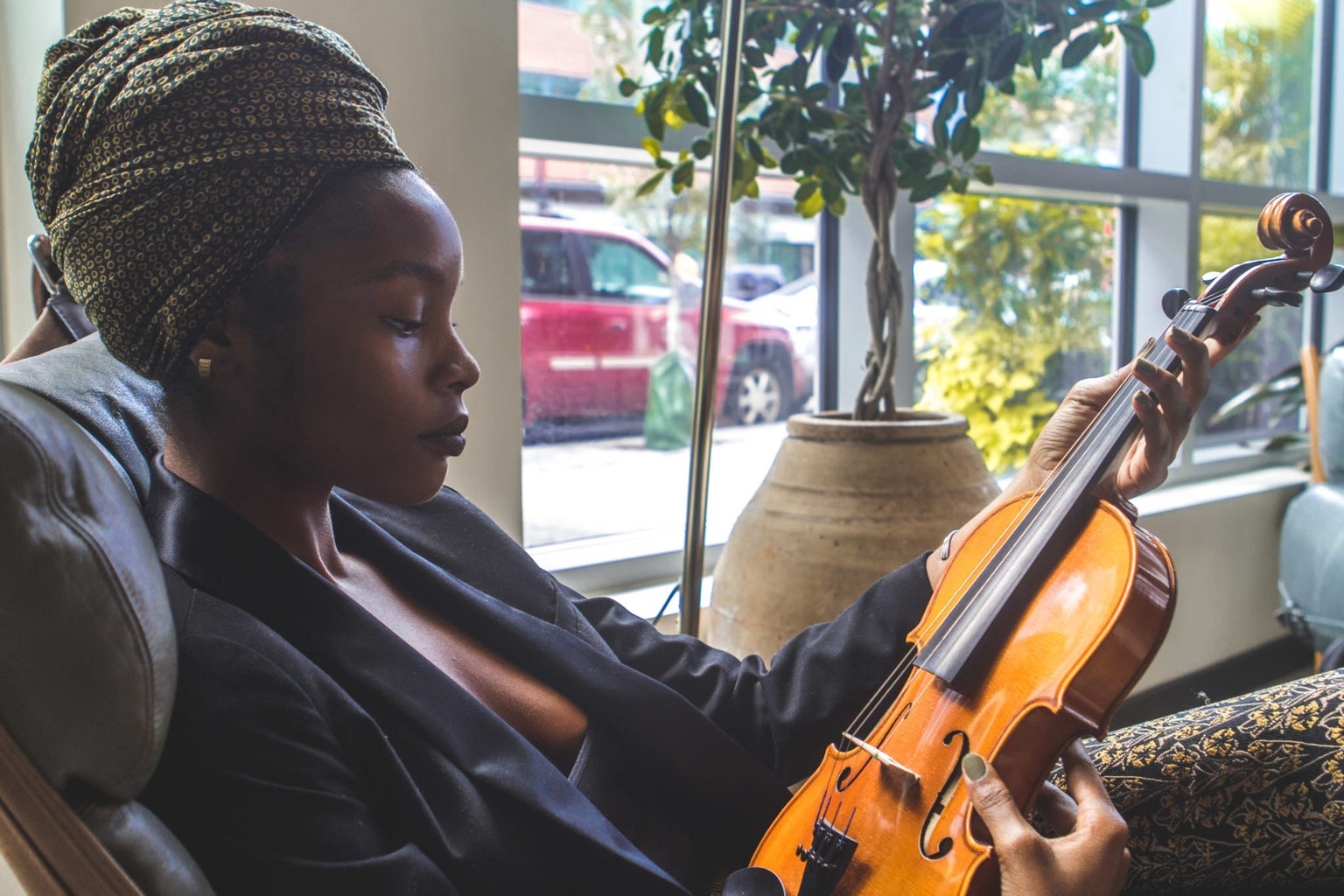Honoré de Balzac’s characterization of “the artist” as “an exception”, and “imposing” laws rather than being subject to them, as well as “towering over society” resonates with me. However, I do not always feel that the artist produces an “expression of great thought”. In order to characterize the artist in these distinctions, you must first explore the function and role of the artist in society.
There is great importance on an individual’s cultural capital and influence on society. Yet not all artists are worldly individuals; not all great artists of the renaissance were renaissance men, they were not all celebrities, most were merely men and women who were painters, as it was their trade. They were not trying to change the world, but simply do their jobs, and what made them happy. Beloved artist Vincent Van Gogh spent much of his life quite separate from the world, and unappreciated. Not all artists are the harbingers of cultural capital, not all artists are renowned, and not all artists produce art that can be appreciated in a powerful, expressive way. Sometimes art is merely produced for the sake of art, and not to express great thoughts or to change the world. It is in our own interpretations that we come to discover great revelations and meanings in the works of the artist. Our common humanity evokes a desire to assign great emotion to the mundane or unexplainable and, as someone who is very guilty of this, I am willing to admit that sometimes we read too far into the motivations of artists. Consider for a moment, how we read “great works of literature”, there is no way an author intentionally produced the literature with all of the deep meanings that we later assign to it; art, sometimes, is merely produced for art’s sake. I think what we are doing, when we, for example, dissect Dickens so intricately, is we attribute all kinds of meanings to his work based on the experiences we believe him to have had. But the miraculous attribute of artists is that they produce and invent new ideas and concepts intentionally. As much as we project our own beliefs onto art, there are already pre-existing designs at play. The artist is in many ways an antenna for the future. Artists are dreamers, developers, founders of society – they are the lawmakers of life and culture, illustrating joy, bliss, sorrow and pain, outlining the beauty in all aspects of life and the romance of being alive.
The artist exists as a tool of society; they tower over society because they channel, predict, invent art and produce art based on their interactions with the world, and the world they wish to design. They create art based on their lives and their personal experiences. These experiences are formed by interactions with members of society, by looking at other forebearers of cultural foundation, by looking to personal experience, by looking to politics, by looking to other art, and by looking within themselves; there are innumerable factors which artists are subject to and draw from to create art and form their perspective. But what makes artists significant is that they invent new world revolutions, and create palatable forms for the masses to digest these new concepts. An example of this being, Nocturne in Black and Gold – The Falling Rocket by James Abbott McNeill Whistler, is a painting that caused much uproar as it introduced fleshling concepts of abstractionism in 1875, an era that regarded academic painting and established schools of art as rubbish. But look at where art has come today – modernist artists have looked back to artists before them, and by establishing the basis for a new style of art, Whistler propelled a new concept that has formed the foundation of art as we know it today. Artists champion movements, and build off the works of other artists, they make commentary on society, and constantly adapt and thrust culture forward, even in very personal and seemingly inconspicuous works, like the fireworks in the falling rocket.





